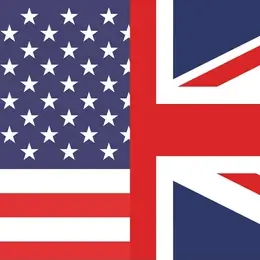Lesser Town Bridge Tower
The tower at the western end of the bridge is actually created by two towers of different appearance, origin, and size. Smaller tower was built in the Roman style and it was part of the first Prague stone bridge – Judith’s Bridge from the first half of the 12th century, but it is older. It was first mentioned only in 1249. The second, higher tower was being built together with the Charles Bridge in 1357 based on the Old Town Bridge Tower on the other bank of the river. However, it was finished only one hundred years later during the reign of George of Poděbrady. There were no statues planned at that time. Both towers are connected by a gate with crenellation that comes from the beginning of the 15th century. It is decorated by the signs of the lands of Wenceslas IV. Towers and the gate were part of the city fortification. Unlike the tower on the other bank, the Lesser Town Bridge was not damaged too much during the Thirty Year’s War since the Swedish army gained it without greater resistance.






